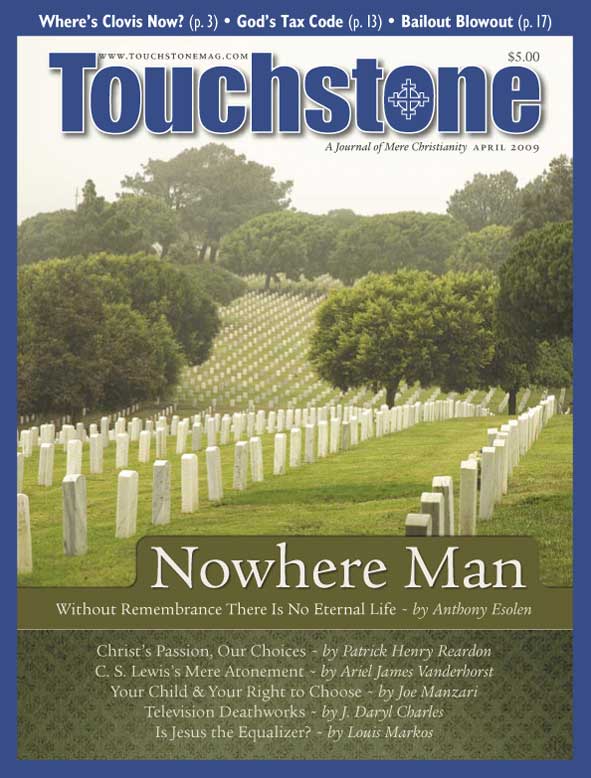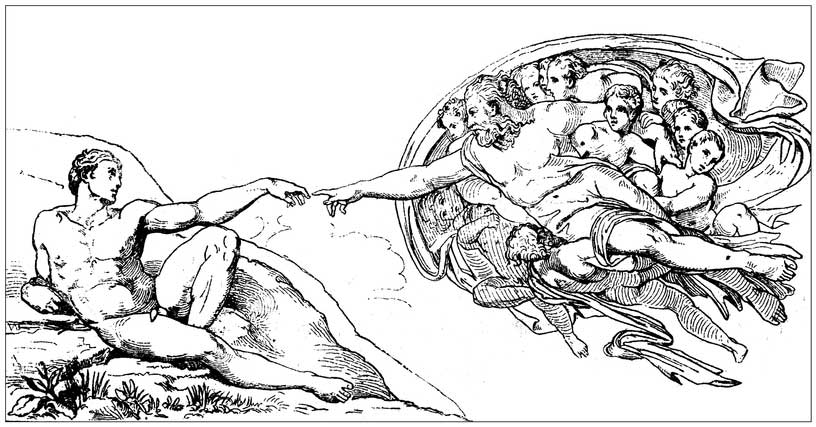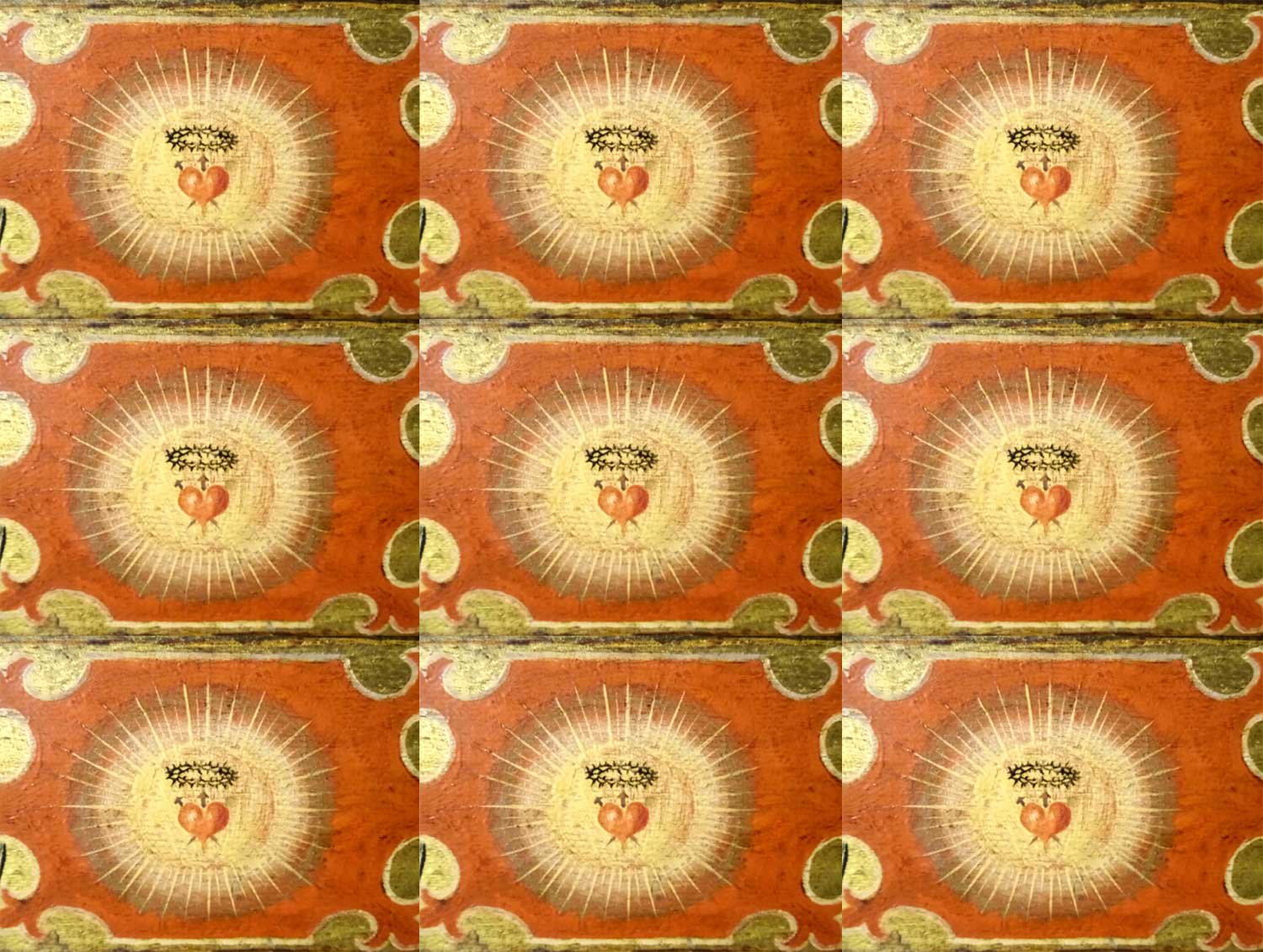In Egypt Land
The Copts and the West, 1439–1822: The European Discovery of the Egyptian
Church
by Alastair Hamilton
Oxford University Press
(Oxford-Warburg Studies), 2006
(360 pages, $175.00, hardcover)
reviewed by Nader Abadir
Professor Alastair Hamilton has succeeded in producing a book that is both a readable narrative and a monumental work of historical scholarship. For this reason, the book will be of value not only to scholars of church history, but also to non-scholars, such as everyday workers in the ecumenical movement and Copts seeking a deeper understanding of their heritage.
The work uncovers the timeless issues facing Coptic participation in the ecumenical movement. At base, Professor Hamilton shows that, far from being considered serious parties to the ecumenical table, the Copts have largely functioned as a kind of battleground between Protestants and Roman Catholics.
Tensions & Shortcomings
The work comprises four parts. Part one is a survey of Coptic Church history from late antiquity to the Islamic Period. Here, the author highlights some of the important intellectual achievements of the Copts under Arab domination and emphasizes the importance of these achievements for Western students of the Eastern Churches. This section also includes an intriguing discussion of the tension between the Coptic upper class and the Coptic priesthood, a tension that has waxed and waned in intensity up to the present time, but never disappeared.
Part Two focuses primarily on the Roman Catholic missions to Egypt in the early modern period. This part highlights the Roman Church’s efforts to exploit the sacramental commonalities between the two communities to strengthen the ecumenical bond. The author suggests, however, that loyalty to the fifth-century patriarch Dioscorus and anti-Chalcedonianism were so deeply embedded in the Coptic consciousness that these sentiments, in combination with Rome’s insistence on Alexandria’s total submission, were sufficient to frustrate union with Rome.
Importantly, the author also highlights the linguistic shortcomings of the Jesuit missionaries—who apparently couldn’t speak Arabic at all—and he shows that the failure of ecumenical dialogue between Alexandria and Rome in that period probably was doomed from its inception, not because of a substantial disagreement about dogma, but because of the sheer failure to communicate.
While Hamilton touches on the tension between the pope and the Coptic patriarch, his study of the interactions between the other players is far more interesting. He analyzes the relationship between emissaries from Rome—who were primarily preoccupied with Egyptian submission to Rome and secondarily concerned with theological agreement—and the Coptic monks, some of whom, it must be admitted, could not adequately distinguish the Chalcedonian position from Nestorianism. From the time of Anthony’s influence on Athanasius down to the present day, monks have had a strong influence on Coptic patriarchs. Hamilton skillfully demonstrates how this strong influence, coupled with the monks’ often extreme theological positions, made for a complex dynamic.
Finally, this part also includes intriguing vignettes on bright and colorful personalities, such as Raphael Tuki, who compiled Coptic liturgical books in the eighteenth-century.
Western Rivals
Part Three follows with a study of the efforts of both Roman Catholics and Protestants to understand the Copts. Here, Hamilton lays out very helpful background regarding how the two occidental bodies rivaled one another for influence over the Copts. He explains the dynamic between them, separate and distinct from his discussions of their respective relationships with the Copts.
This background provides an excellent context for understanding their interactions and motivations with respect to the Copts. The author shows how the respective agendas of these two groups colored their differing conclusions regarding the Egyptian Christians. For example, he shows that while Roman Catholics emphasized the Coptic recognition of the sacraments, the Protestants were more interested in the Copts as a significant body of Christians not in submission to Rome. As with Part Two, this part’s narrative feel is enhanced by biographical close-ups of intriguing figures, such as Johann Michael Wansleben, author of the important Histoire de l’Église d’Alexandrie.
Part Four is, for the most part, a highly technical study of the efforts of Western scholars to identify and understand the three major Coptic dialects. It begins with an excellent, in-depth analysis of the work and methodology of Athanasius Kircher, generally considered the greatest Coptic scholar of the seventeenth century. The author’s meticulous analysis utterly demystifies Kircher. Hamilton notes his “notorious carelessness” and “lofty indifference” to criticism and to his own mistakes.
Overall, this section will be of primary interest to Coptologists and linguists, and the general reader may, frankly, skip to Hamilton’s helpful epilogue.
A Unique Study
Overall, this book is unique among studies of the Copts, since it is primarily a study of Western missionary efforts to Egypt, and only secondarily a study of the Copts themselves. Those looking for a more direct study of the Copts during this period will need to look further.
A Copt reading this frank history of Western perceptions and misperceptions about the Copts may become, as the present reviewer did, increasingly annoyed. At first he may find himself amused, but the amusement gives way to unrelieved exasperation and dismay as he realizes that arrogance and ignorance have consistently characterized Western approaches to the Egyptian Church. Still, Copts seeking to learn more about this period of their history will appreciate Hamilton’s study because it manages to be extremely understanding of the Coptic position vis-à-vis the West without slipping into over-indulgent, politically correct fawning.
bulk subscriptions
Order Touchstone subscriptions in bulk and save $10 per sub! Each subscription includes 6 issues of Touchstone plus full online access to touchstonemag.com—including archives, videos, and pdf downloads of recent issues for only $29.95 each! Great for churches or study groups.
Transactions will be processed on a secure server.
more from the online archives
calling all readers
Please Donate
"There are magazines worth reading but few worth saving . . . Touchstone is just such a magazine."
—Alice von Hildebrand
"Here we do not concede one square millimeter of territory to falsehood, folly, contemporary sentimentality, or fashion. We speak the truth, and let God be our judge. . . . Touchstone is the one committedly Christian conservative journal."
—Anthony Esolen, Touchstone senior editor










